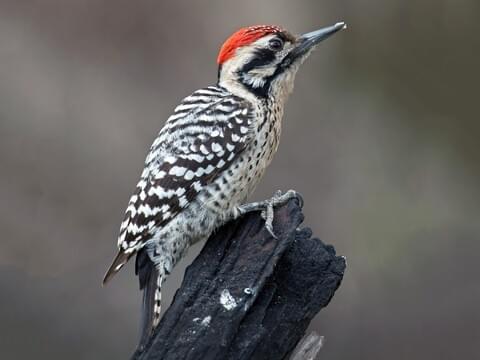Woodpeckers in Florida Populace: Types Introduction and Preservation
Woodpeckers in Florida Populace: Types Introduction and Preservation
Blog Article
Introducing the Keys of Woodpeckers: Behavior, Habitat, and A Lot More
Woodpeckers, with their unique actions and specialized adjustments, have actually long captivated scientists and nature enthusiasts alike. By uncovering the enigmas bordering woodpeckers' habits and habitat selections, a much deeper understanding of these avian marvels arises, providing a glimpse right into their interesting world.
Woodpecker Behavior Insights
In taking a look at woodpecker behavior, an interesting display screen of specialized skills and adjustments emerges, dropping light on their remarkable environmental particular niche. Woodpeckers, understood for their distinct drumming on trees, possess a range of behavior traits that contribute to their survival and success in their setting.
Furthermore, woodpeckers exhibit an one-of-a-kind feeding actions defined by their capacity to essence insects from tree bark using their specialized beaks. Their long, barbed tongues aid in capturing victim, while their solid neck muscles supply security and accuracy during pecking motions. This feeding strategy permits woodpeckers to accessibility surprise insect larvae and extract them with exceptional efficiency.
Habitat Preferences and Choice
What elements affect the habitat preferences and choice of woodpeckers? Woodpeckers are extremely versatile birds recognized to inhabit various atmospheres worldwide. Nevertheless, they do display choices for sure environment characteristics. One important aspect affecting woodpecker environment choice is the schedule of ideal nesting websites. Woodpeckers normally favor woodlands with a mix of fully grown trees that supply adequate possibilities for dental caries excavation. These dental caries act as vital nesting and roosting websites for woodpeckers and are necessary for their reproducing success.
Additionally, woodpeckers reveal a preference for habitats with an abundant supply of food resources. They are mostly insectivorous, eating beetles, ants, larvae, and various other bugs found in worn out wood or tree bark. Woodpeckers have a tendency to prefer woody areas with a varied insect population to fulfill their dietary demands.
Additionally, the presence of dead or worn out trees is one more key variable in woodpecker habitat option. These trees not only give food sources yet likewise supply appropriate substratum for tooth cavity excavation. Dead trees are essential for the upkeep of healthy woodpecker populaces, as they play a vital function in the woodpeckers' life cycle and environment characteristics.
Feeding Practices and Diet Regimen Structure
Woodpeckers show a specialized feeding habits focused on foraging for insects within numerous environments. In addition to insects, woodpeckers likewise eat tree sap, fruits, nuts, and seeds, adding selection to their diet depending on the period and schedule of food sources.
The foraging techniques of woodpeckers are well-adapted to their arboreal way of life (Woodpeckers in Florida). Their capacity to dig deep into timber not only supplies them with food yet likewise helps in producing nesting cavities and establishing areas. Woodpeckers play an essential function in keeping the wellness of woodlands by regulating insect populaces and helping in the decomposition of timber. Recognizing their feeding routines and diet plan composition is important for conservation initiatives targeted at preserving these unique and valuable birds.
Drumming Sounds and Interaction
Using quick drumming sounds on numerous surfaces, woodpeckers use an unique form of interaction to signal region limits and bring in companions. This drumming actions is not only a means of communication yet likewise serves as a method for woodpeckers to establish their existence within a particular area. The strength, speed, and pattern of the drumming can share essential details to other woodpeckers around.
Woodpeckers use drumming noises to introduce their existence in a region and to caution off possible intruders. The loud and repeated nature of the drumming offers as a clear signal to other woodpeckers that the location is currently claimed. This assists in reducing disputes and decreasing physical confrontations between people.

Survival Adaptations and Specialized Composition

Conclusion
To conclude, woodpeckers display one-of-a-kind habits, such as drumming sounds for interaction, and have specialized anatomy for survival in their picked habitats. Their feeding behaviors go now and diet plan composition better demonstrate their flexibility to numerous environments. By recognizing these aspects of woodpeckers, scientists and conservationists can much better safeguard and maintain these interesting birds and check out here their ecosystems.
Report this page